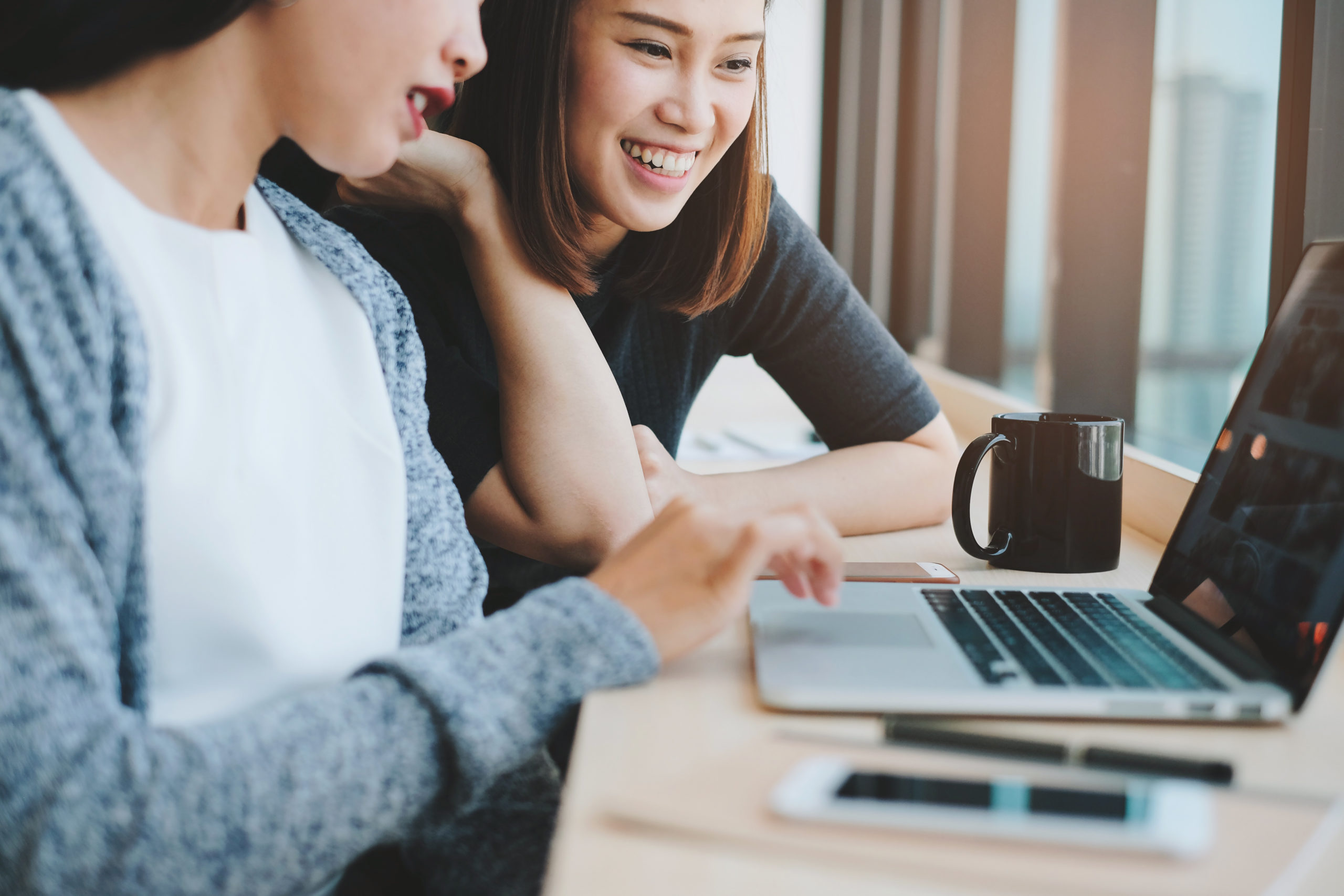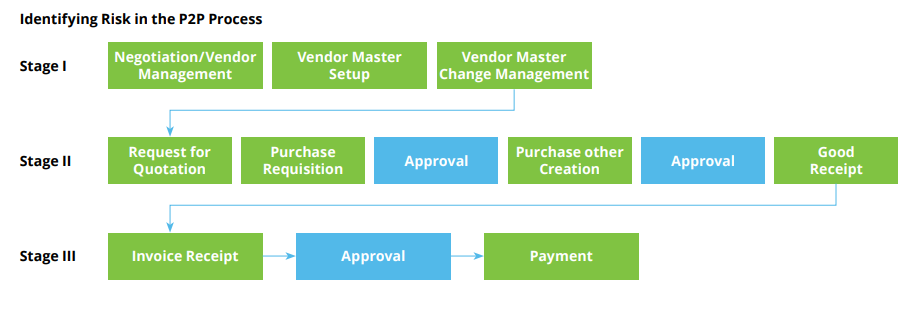Topics: Procure-to-pay cycle
Posted on August 02, 2021
Written By Priyanka Rout


Detailed Description of Processes within P2P; Source: Everest Group
Let’s begin with a stat- The global market for source-to-pay and procure-to-pay outsourcing is growing quickly and is projected to hit $55.8 billion by 2028.
Navigating the complexities of the procure-to-pay (P2P) cycle is crucial for any business looking to stay ahead in the competitive market landscape. An efficient procure-to-pay best practices process is more than just a procedural necessity; it’s a cornerstone of strategic advantage.
In fact, the strategic value of P2P automation in finance has become increasingly evident as companies aim to improve speed, accuracy, and control across procurement operations.
However, adapting to the modern shift in corporate spending can be challenging. As noted by Forbes Councils Member Peter Nesbitt, traditional top-down purchasing models have made way for more agile, technology-driven strategies. This evolution requires moving away from the antiquated, manual procurement models, which are often hampered by limited visibility and inefficiency. These outdated approaches can lead to bottlenecks, customer dissatisfaction, and strained vendor relations.
If the barrage of invoices and purchase orders flooding your desk feels overwhelming, know that there’s a way forward. This guide will walk you through every critical step of optimizing the P2P process flow, from requisition to payment, helping you transform your procurement operations into a strategic powerhouse. It will also provide you with the necessary tools and insights to streamline processes, fortify vendor relationships, and achieve substantial cost reductions. Let’s peel back the layers of the procure to pay process best practices and set the stage for substantial improvement.
The procure-to-pay (P2P) process, also known as purchase-to-pay, is a seamless workflow that spans the receipt of goods or services all the way to making payments. It’s an integral part of the larger procurement landscape, essentially bridging the purchasing department with the accounts payable (AP) team.
Here’s how it works:
The procure-to-pay process is crucial because it helps cut costs by minimizing manual labor, enhancing accuracy, and boosting efficiency and financial oversight. An added advantage of this process is that it promotes compliance and organization, crucial for ensuring precise transactions and getting the most out of contract values.

Identifying Risk in the P2P Business Process; Source: Deloitte
Like any business operation, the procure-to-pay process can face obstacles that disrupt its efficiency. These challenges may arise from various areas such as:
RELATED BLOG: Read the blog to see how an ordering system can transform your procure-to-pay process.

P2P Business Process Map; Source: Everest Group
eProcurement platforms have become essential for organizations looking to enhance their procure-to-pay lifecycle. By digitizing and automating procurement processes, these platforms deliver several advantages:
Centralize all information on current and past procurement processes to save time otherwise spent digging through documents or emails to get a handle on a project’s status. This approach not only prevents information from getting lost but also ensures that no steps are overlooked.
Automating the invoice approval process can significantly reduce errors and expedite payment cycles. By automating key parts of the procure-to-pay workflow, organizations can overcome these challenges and reap several benefits. Advanced automation technology streamlines the P2P cycle, reducing time, errors, and improving overall efficiency.
Areas of the P2P cycle ideal for automation include:
Strong supplier relationships are key to a well-optimized procure-to-pay cycle. Effective collaboration with suppliers can lead to cost savings, improved product quality, and better operational efficiency.
Organizations can enhance their P2P process flow by working closely with suppliers, fostering open communication and active participation. This collaboration can manifest in several ways:
Visibility is essential in monitoring the effectiveness of your procure-to-pay cycle. It allows stakeholders to track each purchase throughout the process, creating an audit trail and facilitating data reporting.
Real-time spend data, broken down by line, product, user, or location, empowers your finance team to make informed decisions about your purchases. This advanced level of visibility provides insights into the latest changes in inventory, availability, and purchasing activities. It helps your finance team and other decision-makers adapt to shifts in your procurement operations, ensuring that purchases are made wisely, competitively priced, and compliant with standards.

Challenges in P2P Operations; Source: Everest Group
Optimizing inventory management is crucial for reducing costs and improving cash flow. Here are a few key strategies:
Integrating Procure-to-Pay (P2P) processes with other financial and operational systems within a company brings several key benefits that enhance overall business performance:
Artificial intelligence (AI) and automation are transforming the procure-to-pay process, enabling businesses to reach new heights of efficiency, enhance decision-making, and speed up operations. By integrating these advanced technologies, companies can streamline the payment process, minimize manual labor, and reduce cycle times.
Key improvements brought by AI and automation in the procure-to-pay lifecycle include:
Optimizing the procure-to-pay workflow is a continuous process, not just a one-off project. To enhance the P2P cycle, organizations need to consistently monitor their performance, analyze key metrics, and make informed adjustments to foster ongoing improvements.
Key performance indicators (KPIs) are essential for pinpointing areas that need enhancement within the P2P cycle. Critical metrics to track include:
Optimizing the procure-to-pay cycle involves understanding spending patterns, supplier performance, and potential bottlenecks, which can all be better managed through advanced analytics.
This powerful tool enables businesses to make well-informed decisions by offering deep insights into procurement operations. By examining past data, companies can uncover opportunities to save costs, such as:
RELATED CASE STUDY: Discover how QX partnered with a prominent senior living operator, managing over 60 communities across eight states, to optimize their back-office accounting operations.
To wrap up, fine-tuning the procure-to-pay workflow is more than just a routine check—it’s a strategic move that unlocks efficiency and cost savings. By diving into advanced analytics, you gain clear insights that help streamline negotiations, bulk purchases, and compliance measures. This doesn’t just save money; it strengthens your entire procurement strategy.
QX provides a comprehensive suite of outsourced Procure-to-Pay services tailored to businesses across various industries. Our P2P outsourcing offerings include accounts payable, invoice management, purchase order management, and vendor master management, among others. We take a collaborative approach, working closely with our clients to tailor our services to their specific needs.
Transforming your procure-to-pay process can turn procurement into a powerhouse that not only supports but also drives your organization’s goals forward. It’s about making your procurement work smarter, not harder, for lasting benefits.
Automation is a game-changer for implementing effective procure-to-pay best practices. It eliminates manual bottlenecks, reduces invoice errors, and accelerates approval cycles—enabling real-time visibility and control over spending. Automating key workflows like purchase requisitions, invoice matching, and payment scheduling also ensures policy compliance and strengthens audit readiness.
A well-structured P2P business process acts as the backbone of operational efficiency. By streamlining the flow from requisition to payment, it reduces procurement delays, improves cash flow forecasting, and enables smarter budget controls.
Supplier management is central to optimizing procure-to-pay steps. Strong vendor relationships ensure better contract terms, improved product quality, and more reliable delivery timelines. Through tools like supplier portals and performance tracking, businesses can align vendors with procurement goals, foster collaboration, and reduce risks in the supply chain—ultimately making each step of the P2P cycle more predictable and cost-effective.
To streamline the P2P process flow, businesses must shift from siloed, manual systems to integrated, end-to-end automation. This includes digitizing purchase requisitions, automating invoice matching, and aligning procurement with real-time inventory and budget data. A streamlined flow minimizes errors, reduces cycle times, and ensures every procurement step is both traceable and optimized.
Automating the procure-to-pay workflow starts with deploying tools like eProcurement platforms, invoice processing software, and AI-powered spend analytics. These solutions enable automatic data capture, smart approval routing, and seamless ERP integration—eliminating repetitive tasks while improving visibility and control.
P2P outsourcing gives businesses access to specialized talent, proven processes, and advanced automation—without the overhead. It helps reduce operational costs, boost accuracy in invoice handling, and ensure compliance with procurement policies. By offloading routine tasks to experienced P2P outsourcing companies, finance teams can focus on strategic initiatives like spend optimization and supplier performance.
Originally published Aug 02, 2021 08:08:13, updated Jul 16 2025
Topics: Procure-to-pay cycle